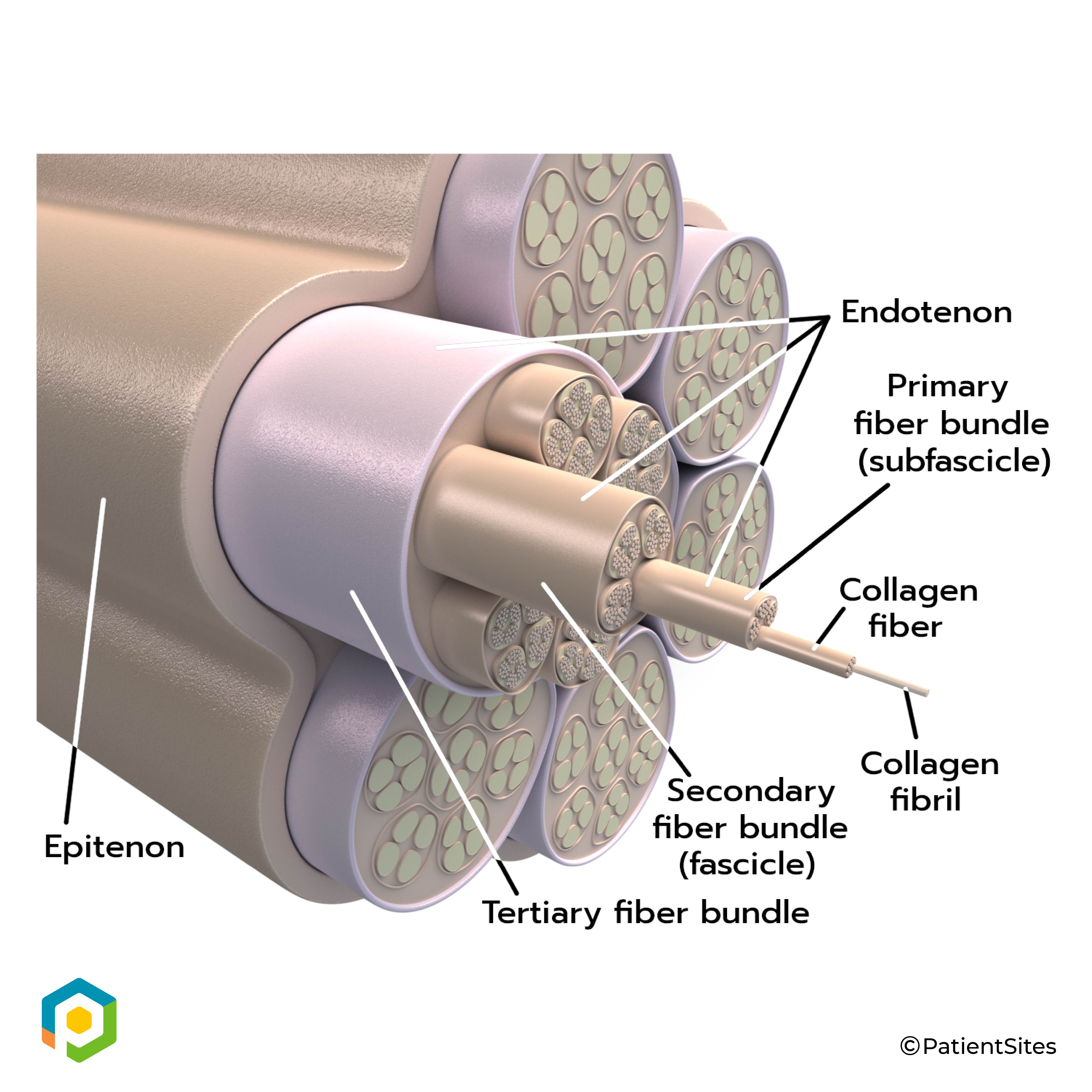 Where does tendonitis develop?
Where does tendonitis develop?
Tendons connect muscle to bone. A tendon is made of material called . Collagen is a key building block of the body. Collagen is considered a connective tissue because it forms tough strands that are like the strands of a nylon rope. Like the strands in a rope, the strands of collagen line up. The more strands, and the better they line up, the stronger they are. The tendon is wrapped in a thin, slippery covering called the tendon sheath. The tendon sheath allows the tendon to slide easily against the tissues around it.
Many parts of the tendon can be injured. Tendon problems can involve the area where the tendon attaches to the bone, the tissue that surrounds the tendon (the tendon sheath), or the main tissues of the tendon. Doctors use different terms to refer to injuries of different parts of the tendon.
Tendon injuries can show up anywhere in your body. Doctors see tendonitis most often in certain sites.

Achilles Tendonitis
The tendon sheath, the tissues of the tendon, and the attachment to the bone can all become injured in the:

found in the lower leg. Damaged Achilles tendons carry a higher risk of rupturing because of the weight they bear while standing and walking.
Related Document: *client_company's Guide to Achilles Tendon Problems
Posterior Tibial Tendonitis
Tendonitis along the inside edge of the ankle and into the instep of the foot is called:
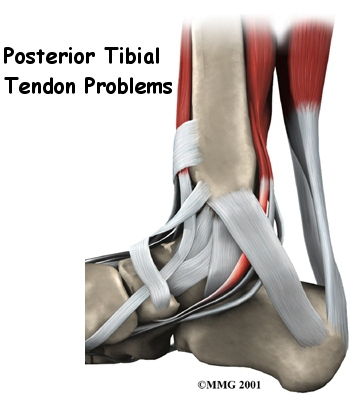
It is usually caused by age-related degeneration. If this tendon breaks, it can cause the arch of the foot to become flat and painful.
Related Document: Emerald Hills Physio & Sports Clinic's Guide to Posterior Tibial Tendon Problems
Patellar and Quadriceps Tendonitis
Problems in the:
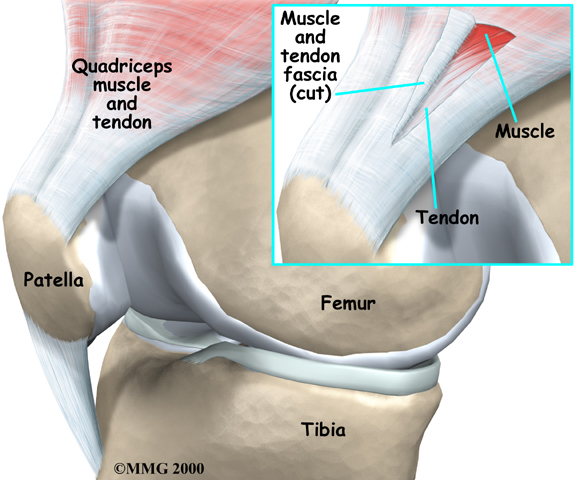
occur mostly in people whose exercise involves running or jumping. Patellar tendonitis is also called jumper's knee.
De Quervain's Disease and Trigger Finger
Tendon problems are common in the hand and wrist. causes pain in the wrist just above the thumb.

generally causes pain in the palm just below the knuckles, but it eventually causes problems with movement.
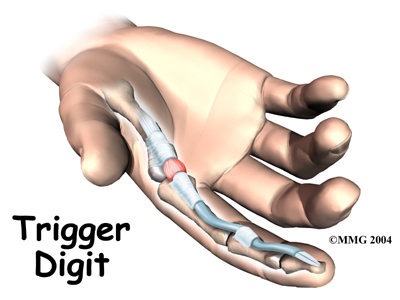
Related Document: Emerald Hills Physio & Sports Clinic's Guide to Trigger Finger and Trigger Thumb
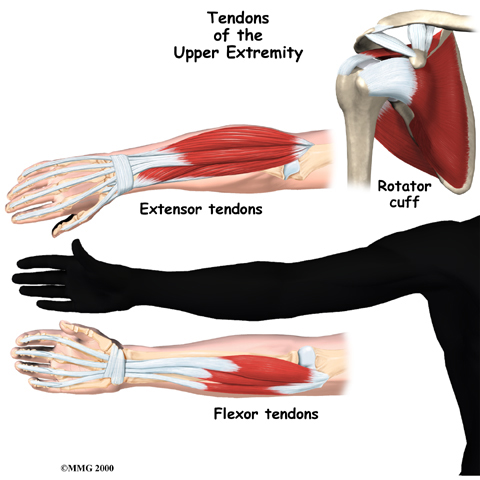
Lateral Epicondylitis
Lateral epicondylitis, also called:
 affects the area where the tendons of the elbow attach to bone on the outside of the elbow. It causes pain when using the wrist and hand.
affects the area where the tendons of the elbow attach to bone on the outside of the elbow. It causes pain when using the wrist and hand.
Medial Epicondylitis
Medial epicondylitis, also called:
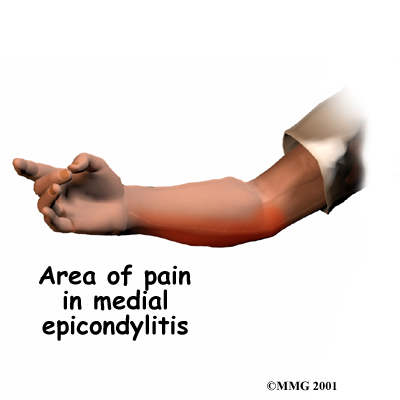
affects the area where the tendons of the elbow attach to bone on the inside of the elbow. It causes pain when using the wrist and hand.
Rotator Cuff Tendonitis
Rotator cuff problems of the shoulder range from mild damage to:
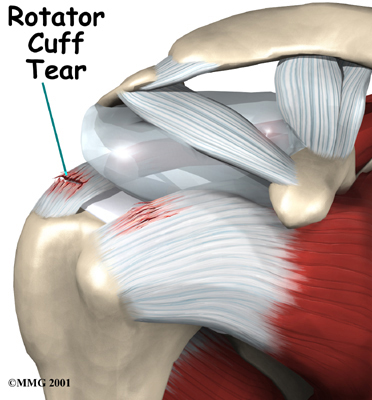
They can cause pain even when resting.
Related Document: Emerald Hills Physio & Sports Clinic's Guide to Rotator Cuff Disease
Often, the muscles or other tissues of the joints become tight, misaligned, or weak around the area of tendon injury. Some of the pain and swelling of tendonitis may actually be in the surrounding tissues.


 Where does tendonitis develop?
Where does tendonitis develop?






 affects the area where the tendons of the elbow attach to bone on the outside of the elbow. It causes pain when using the wrist and hand.
affects the area where the tendons of the elbow attach to bone on the outside of the elbow. It causes pain when using the wrist and hand.

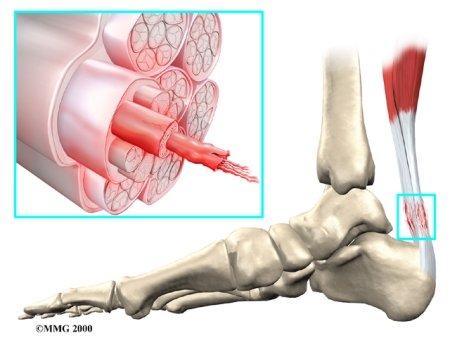
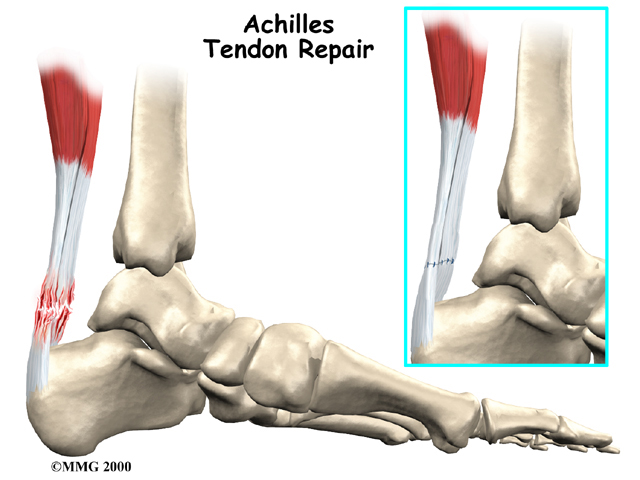 What does tendonitis feel like?
What does tendonitis feel like?